Though most of the American population is on board with recycling, recycling rates dramatically increase when the act of recycling is simple and hassle free. The increased number of recycling bins at home, at work, and in public places has resulted in far less recyclable material in landfills.
However, current recycling programs still ask that people sort their recyclables into various containers. Though this may not seem ‘difficult,’ studies have shown that single stream recycling containers increases household recycling significantly.
How Single Stream Recycling Containers and Programs Work
With single stream recycling containers, all recycled materials are collected in a single bin and then sorted at the recycling facility. The city of Boston recently conducted a 4-month study with single stream recycling and the results were surprising. During the study period, single stream recycling bins resulted in 40% less trash in the landfills and increased recycling by 20%.
There are numerous reasons why single stream bins lead to increased recycling volumes among homeowners. Multiple recycling bins consume more space and many people, particularly those in smaller city homes, don’t have the extra space for multiple recycling containers. It may be easier to throw away garbage than to keep 4 recycling containers below the sink. Also, many areas offer recycling of some materials, but not all. One neighborhood may offer glass and paper recycling, but not plastic recycling. With single stream recycling, homeowners have the option to recycle more types of materials.
Less work sorting on the part of homeowners means increased work at the recycling facility. The process isn’t all manual. Recycling depots use a variety of techniques, such as magnets or electronic sorters to compartmentalize the materials. Many recycling facilities already engaged in sorting in order to weed out non-recyclable materials — and have these processes in place already.
Municipal Cost Savings of Single Stream Recycling
The program not only resulted in significant environmental impact, but cost savings as well. The city of Boston estimates an annual $750,000 savings based on the savings incurred during the 4-month trial period. Fewer household recycling bins mean that cities incur fewer materials costs. Fewer trucks to pick up different types of recyclables also drastically reduce the overhead costs of recycling. Fewer recycling depots mean fewer costs as well. The man-hours and processing cost-per-ton are significantly reduced with single stream recycling depots.
However, implementation of any new program always comes with an initial investment. While single stream recycling may be less expensive in the long run, cities may need to make various investments to start the process including larger trucks, automation machines, and training are just a few of those start up costs.
Environmental Impact
Beyond financial costs, there are environmental costs to consider. A 40% decrease in garbage hitting landfills is a significantly reduced impact on the environment, so long as processing those recycled material does not cause more environmental harm than a landfill. Fewer recycling depots mean less energy consumption and a greener footprint. As a provider of recycling bins in Toronto, our ultimate goal is to encourage the most efficient and effective method of recycling so that we may all enjoy a greener planet.














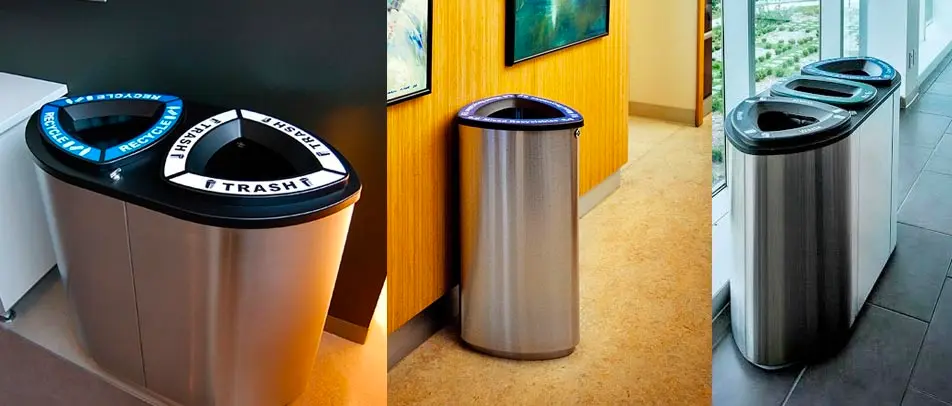
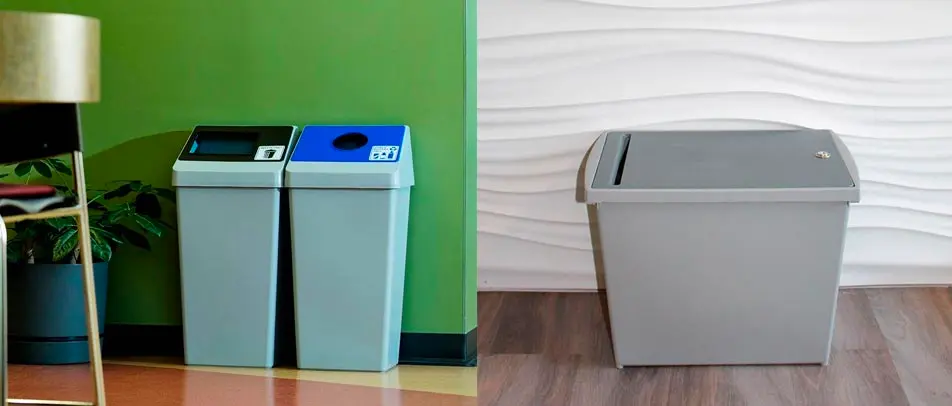


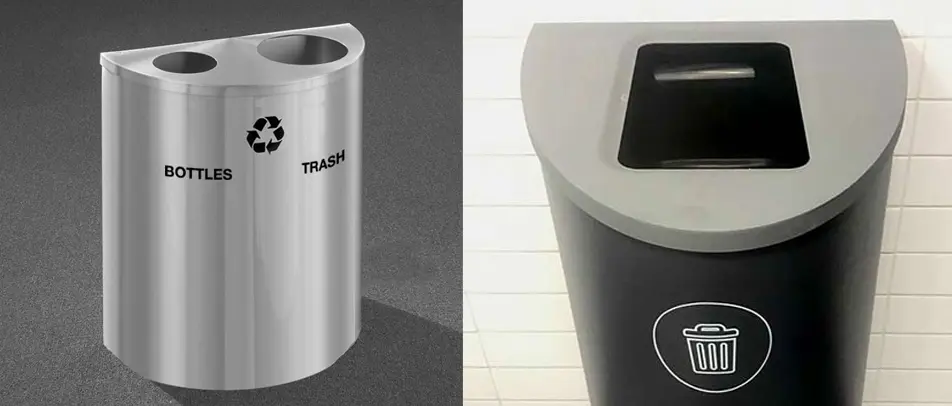


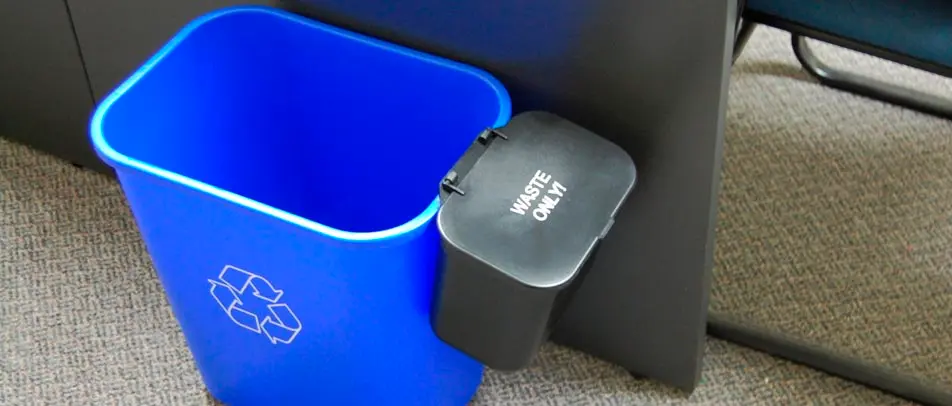
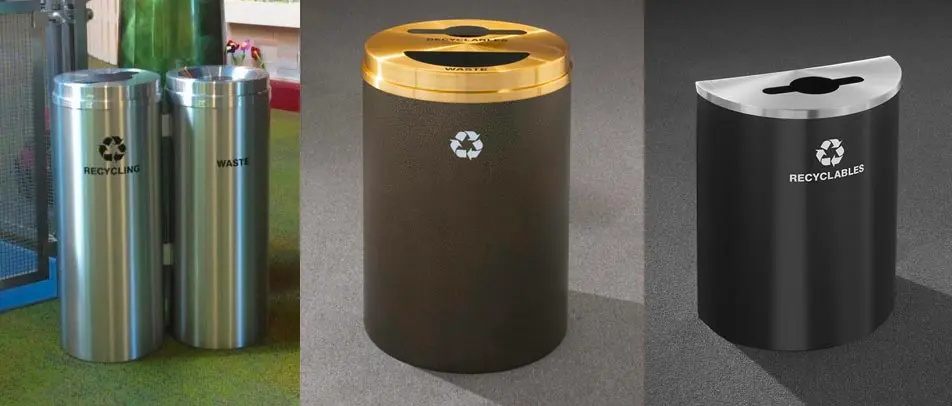
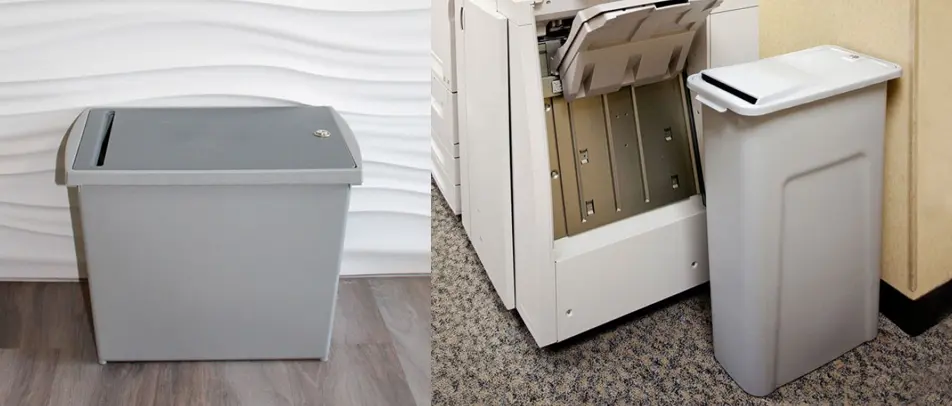

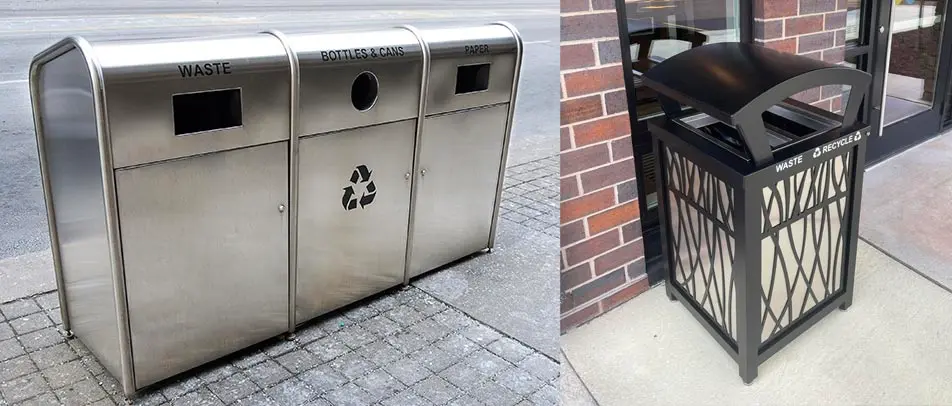



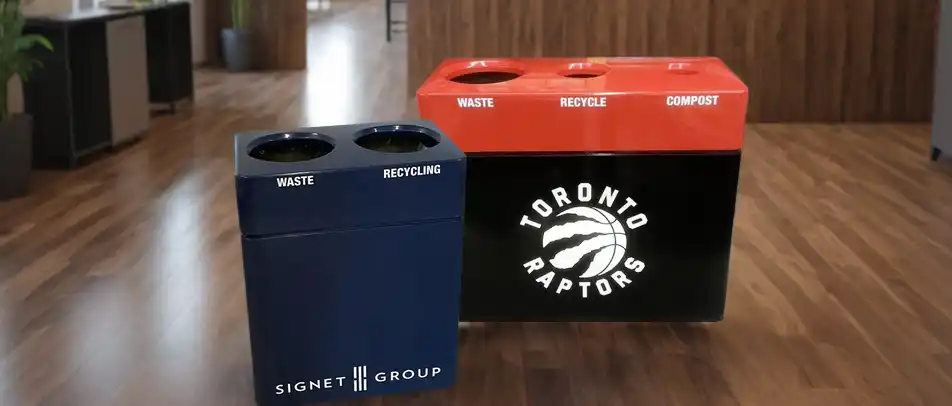



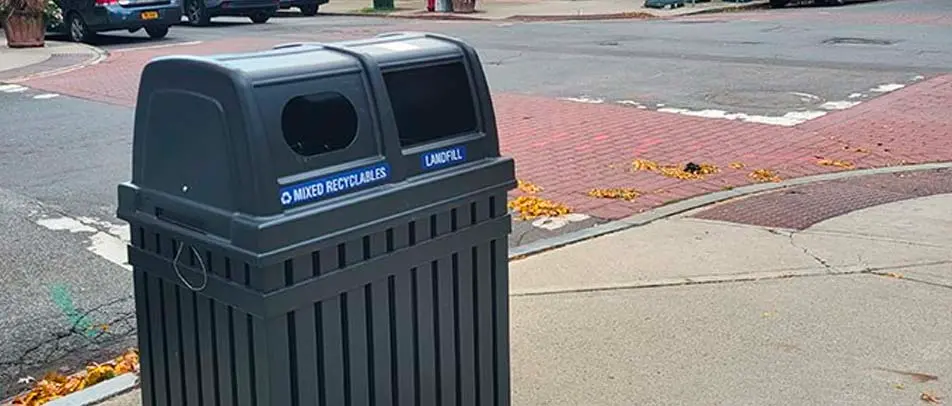
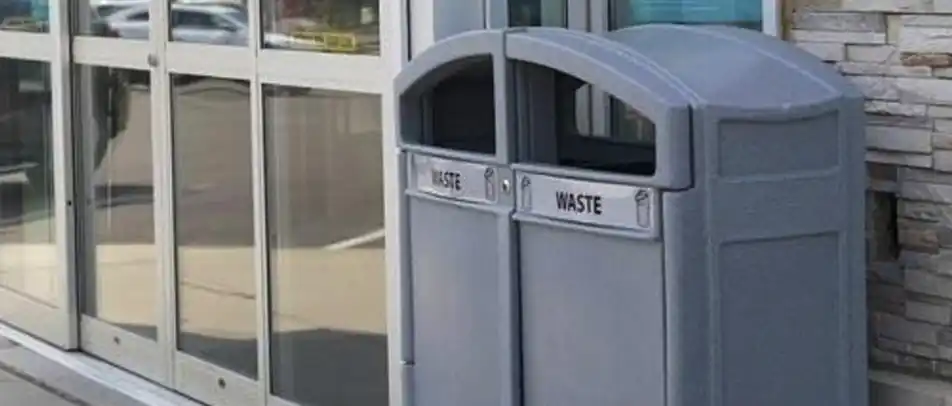
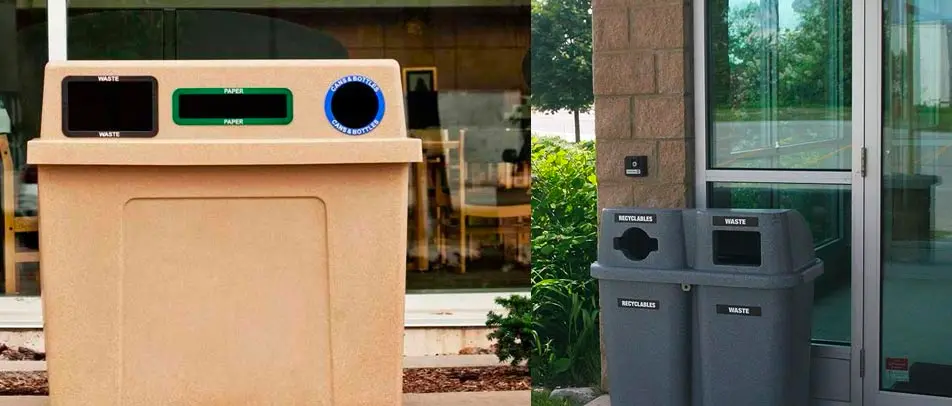
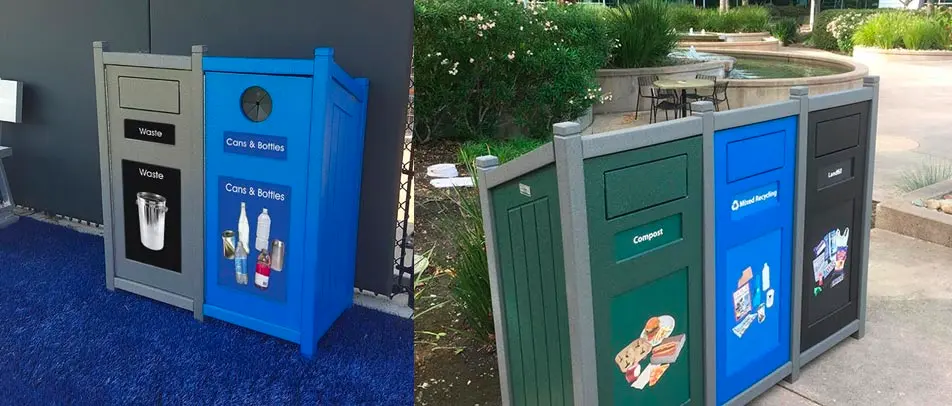
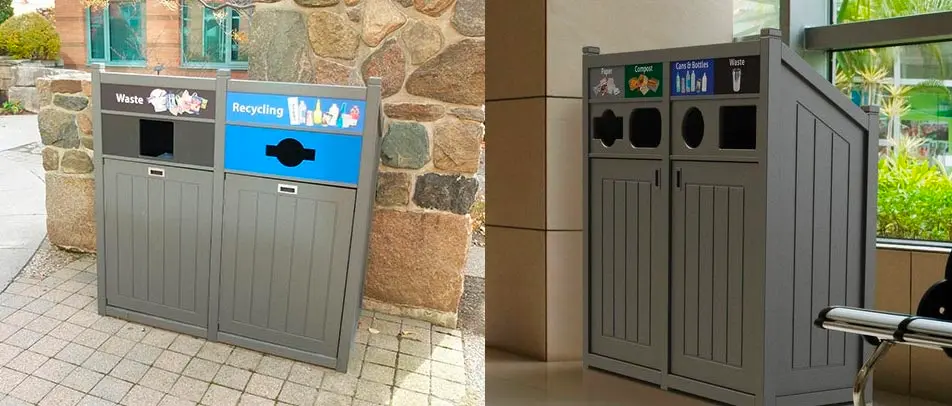



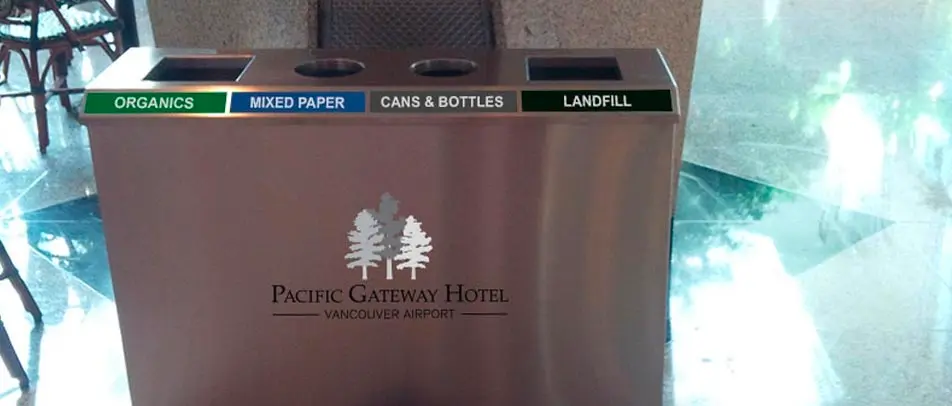

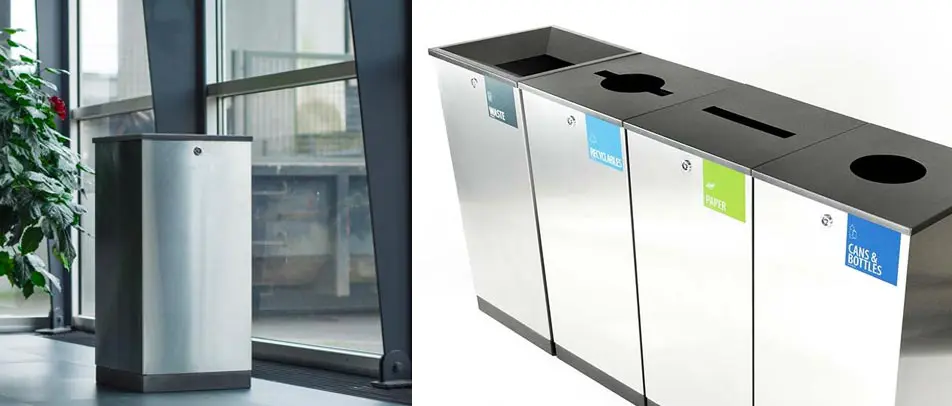
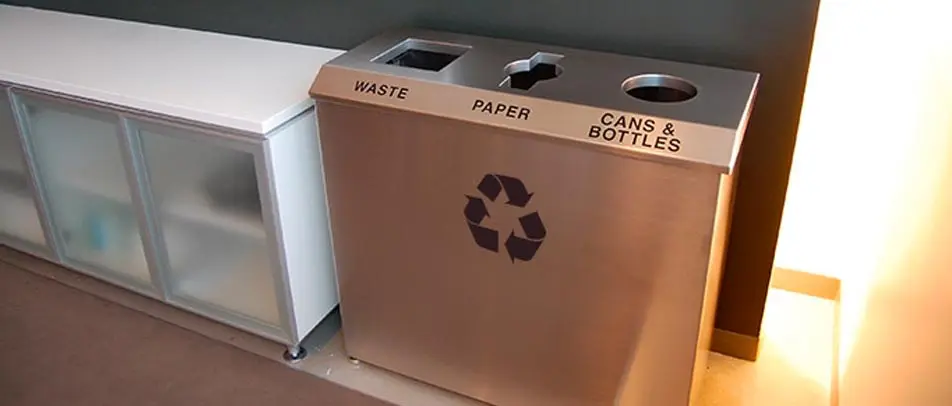
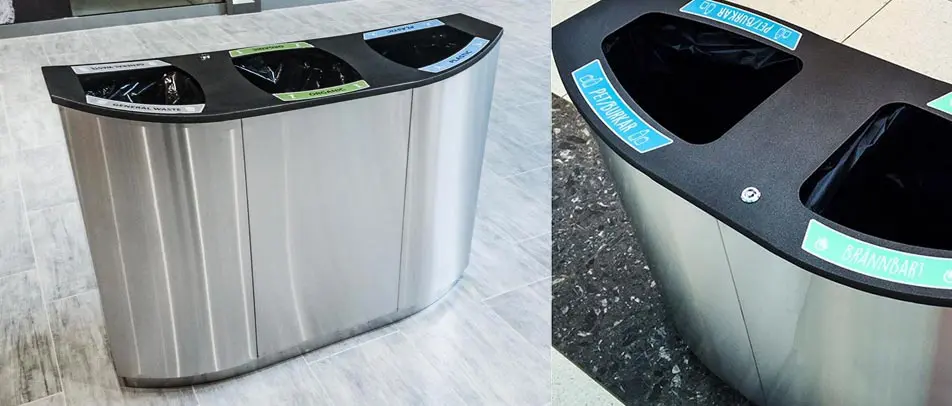

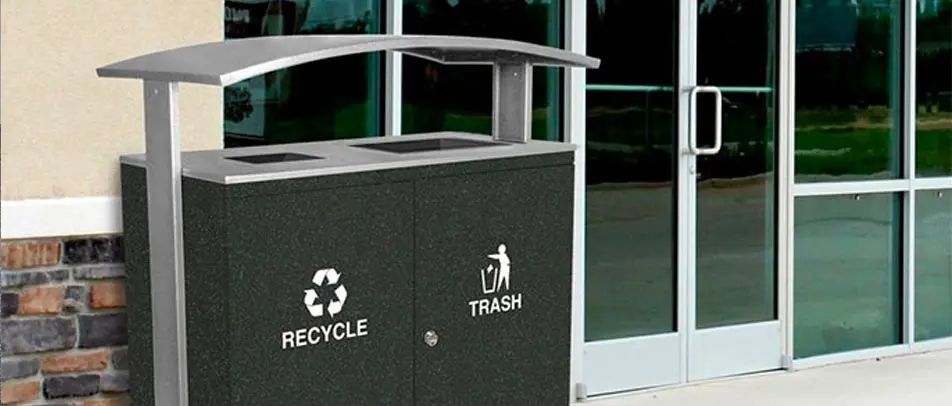
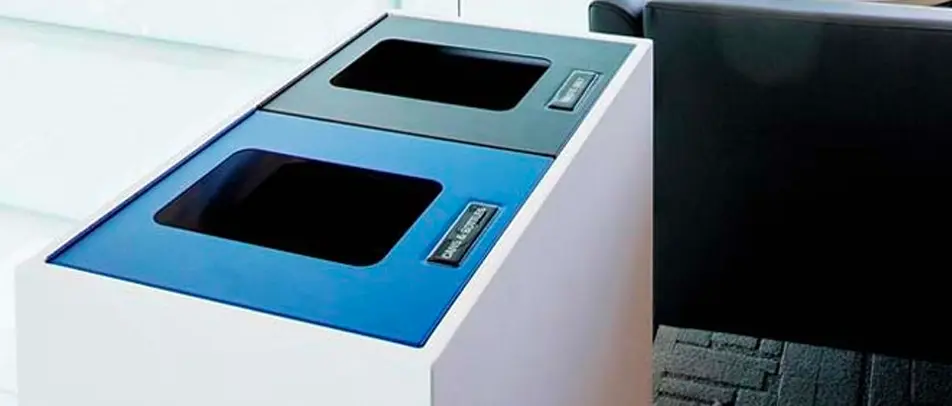
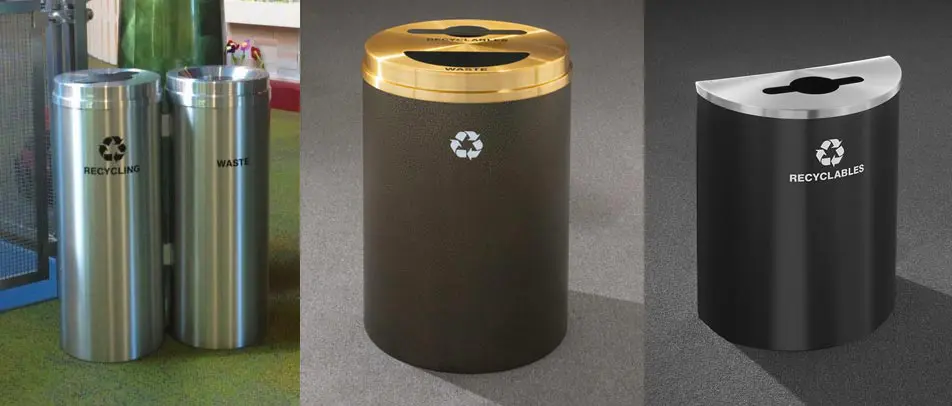

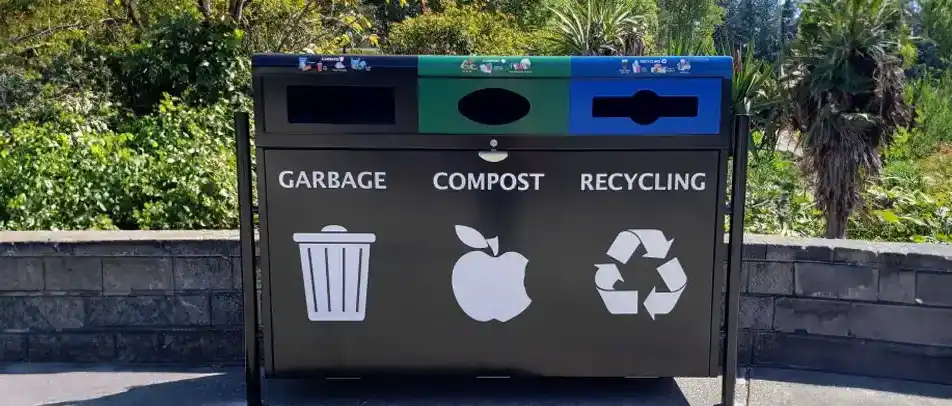
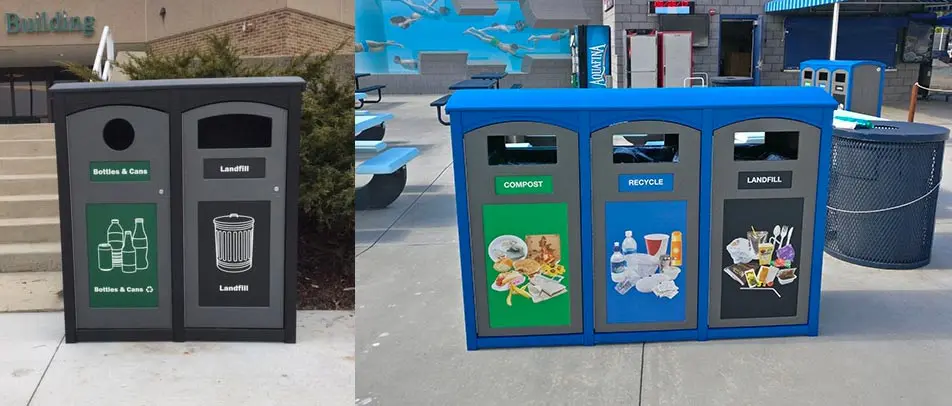
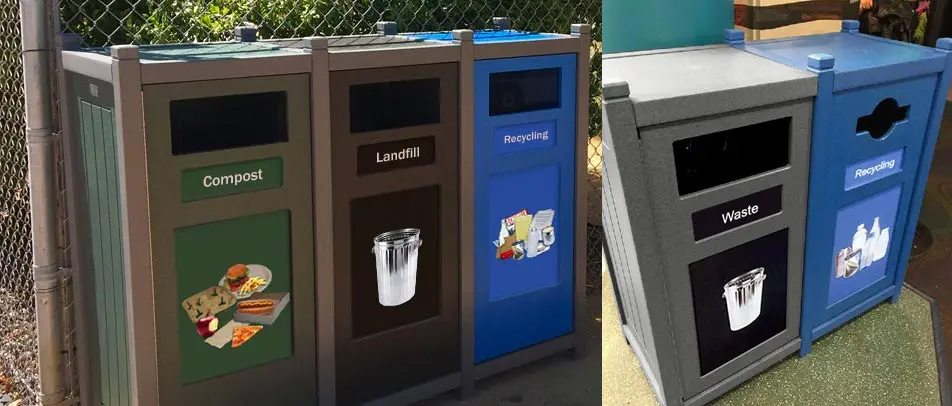


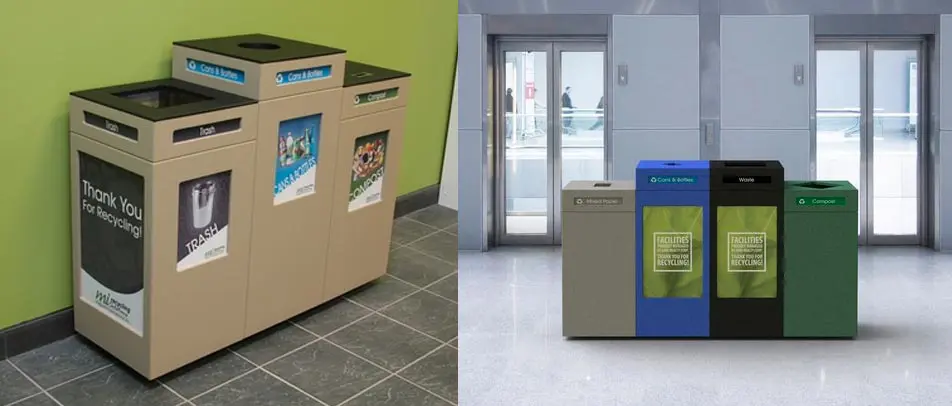
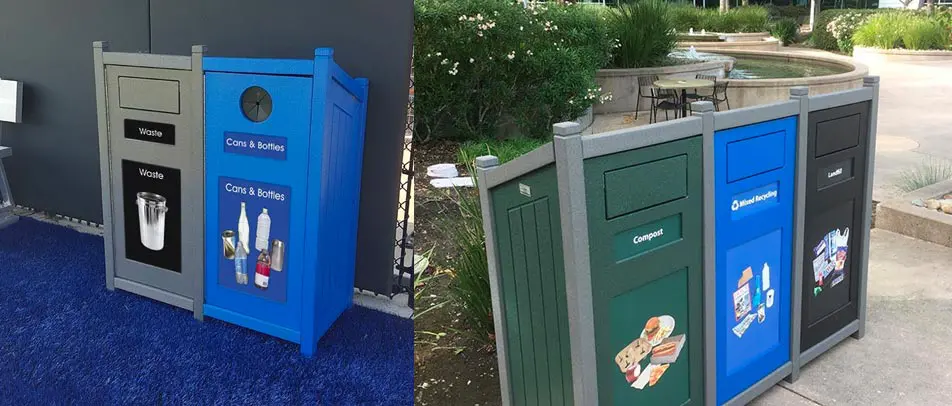
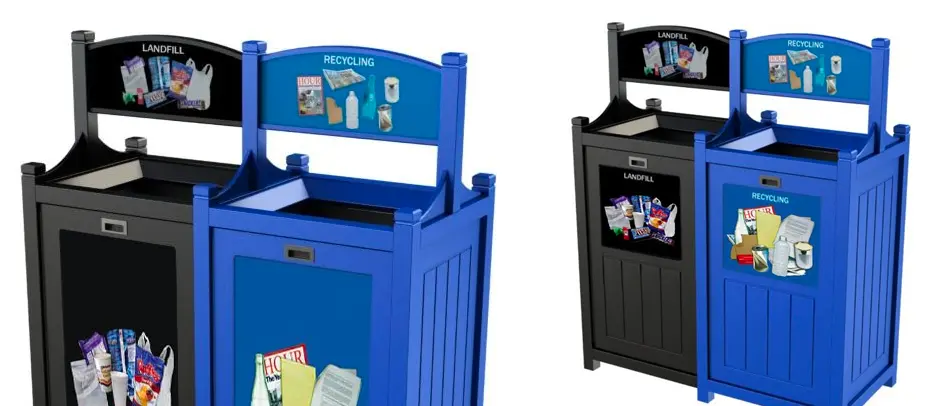


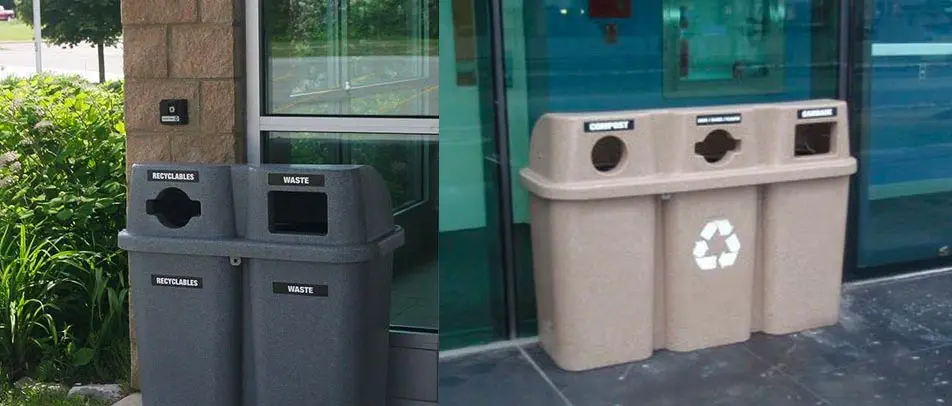
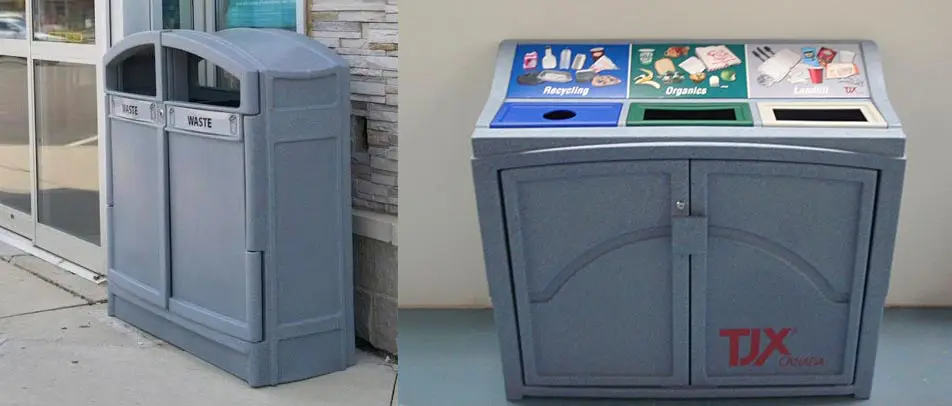
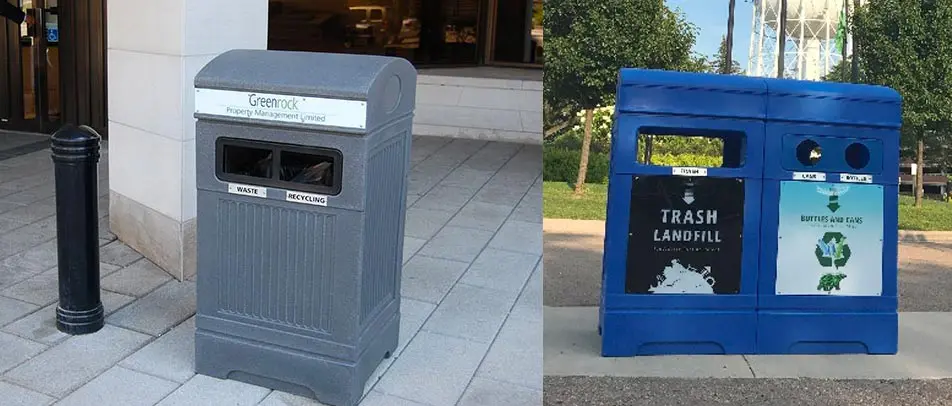
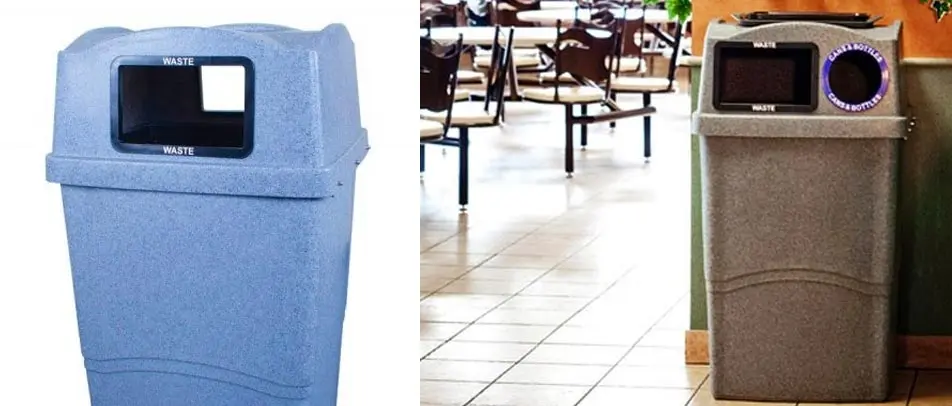
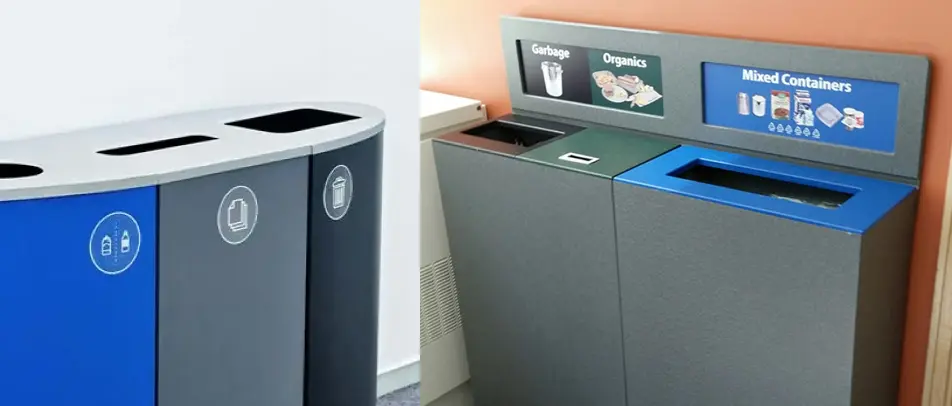
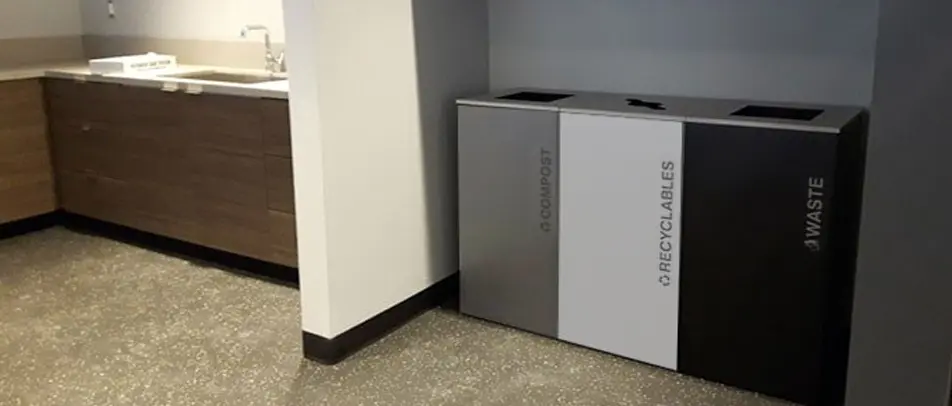
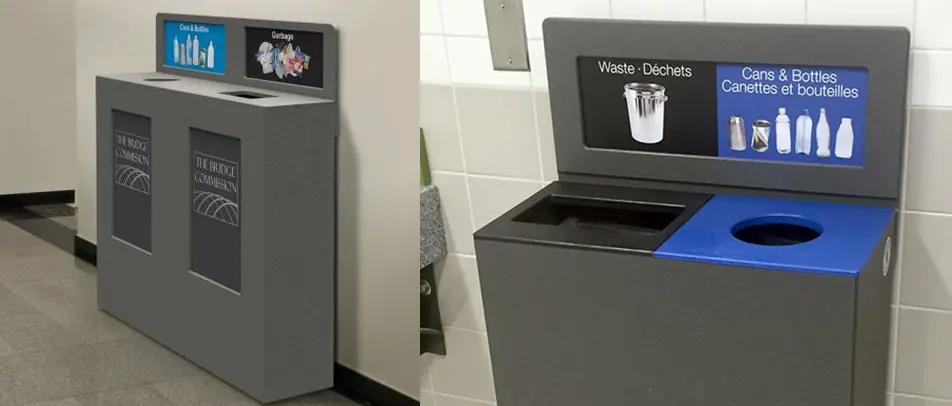
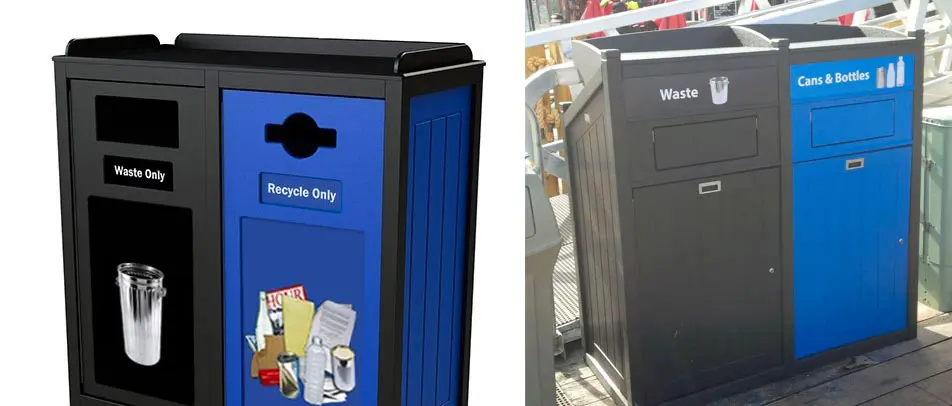






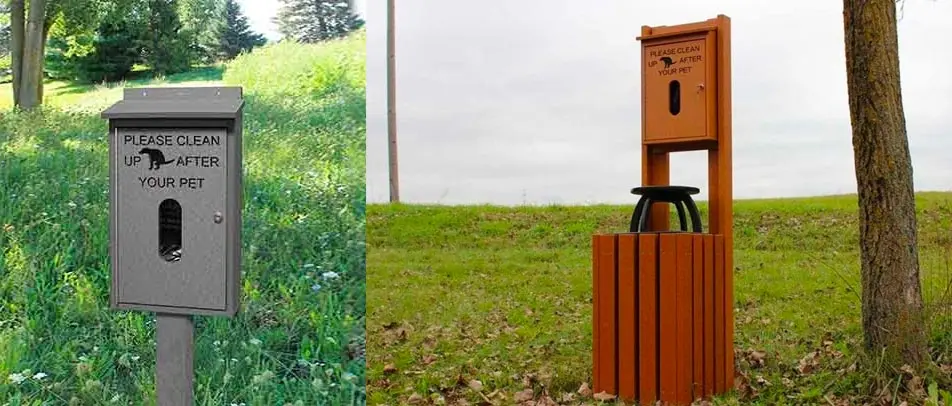




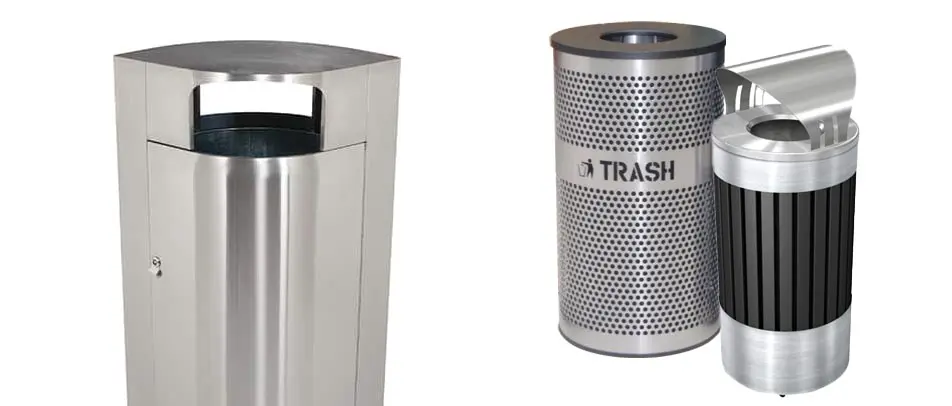

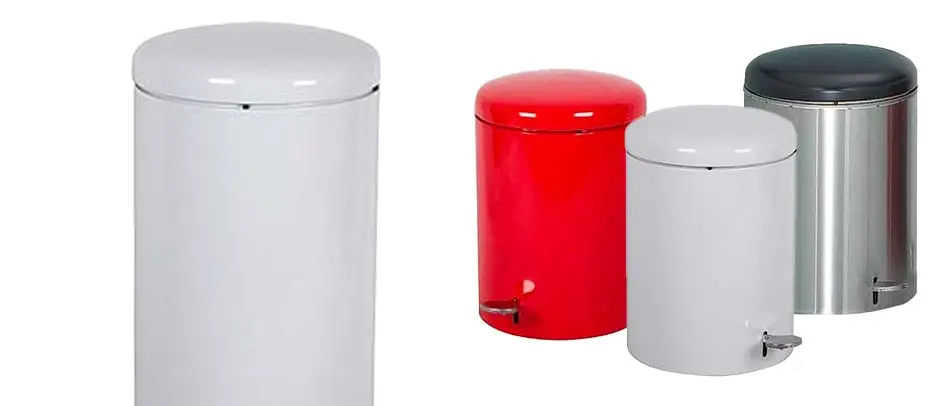





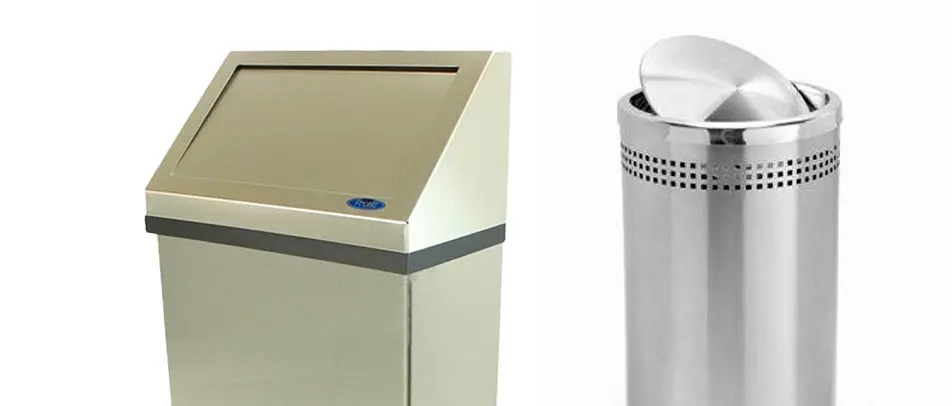

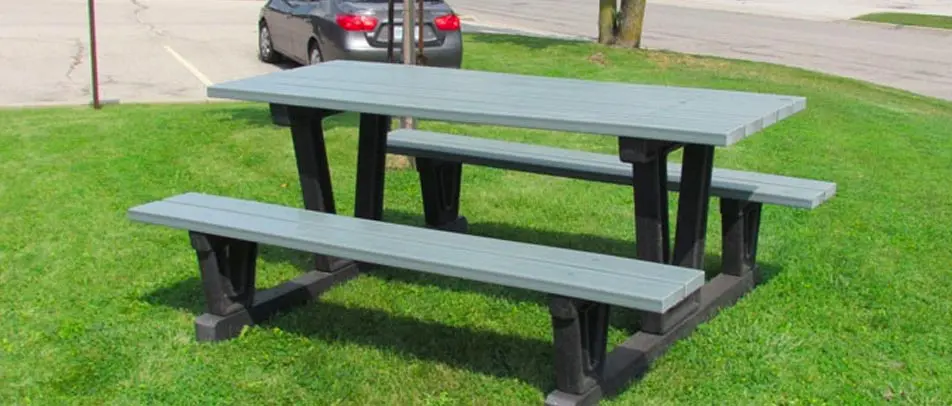





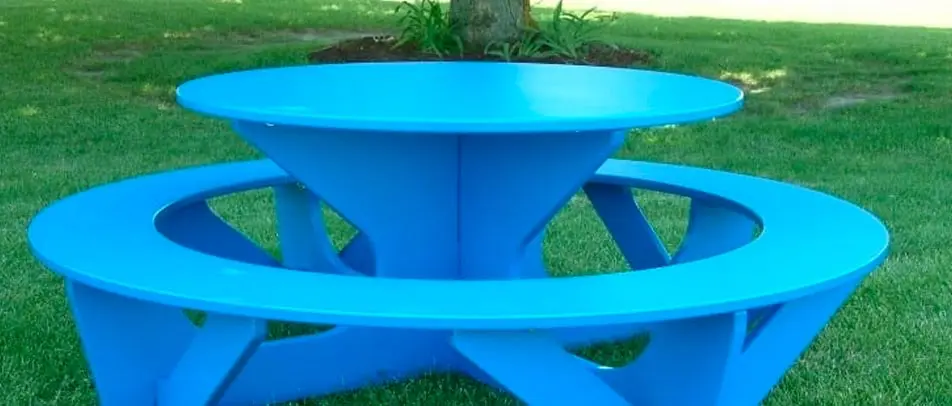

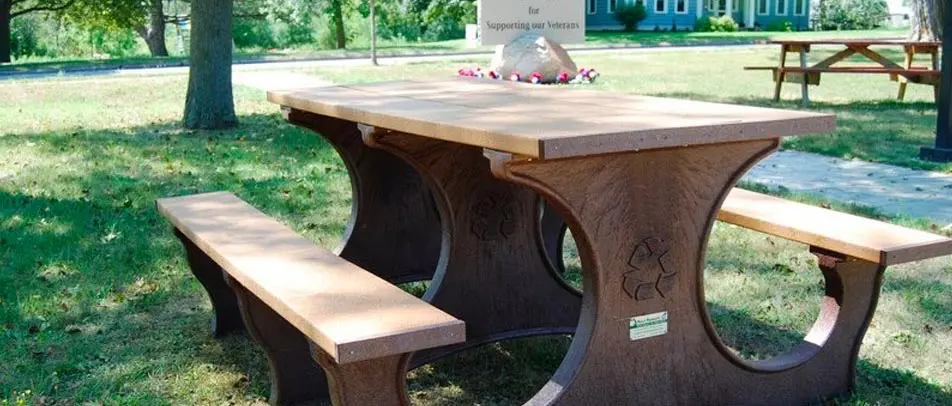


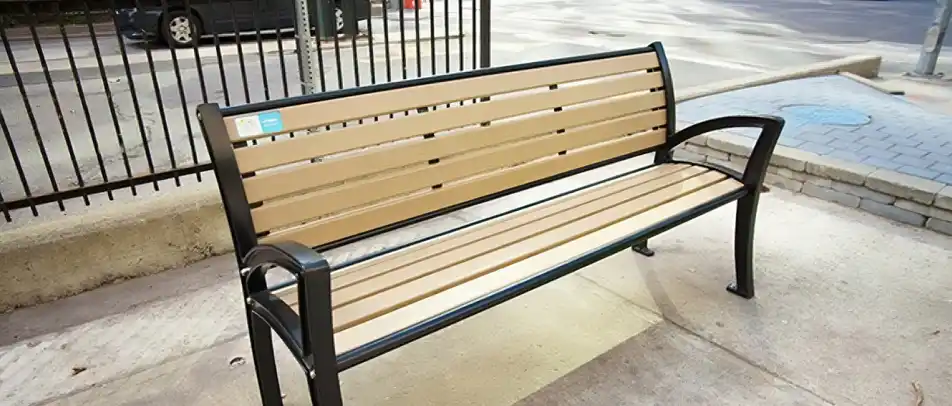




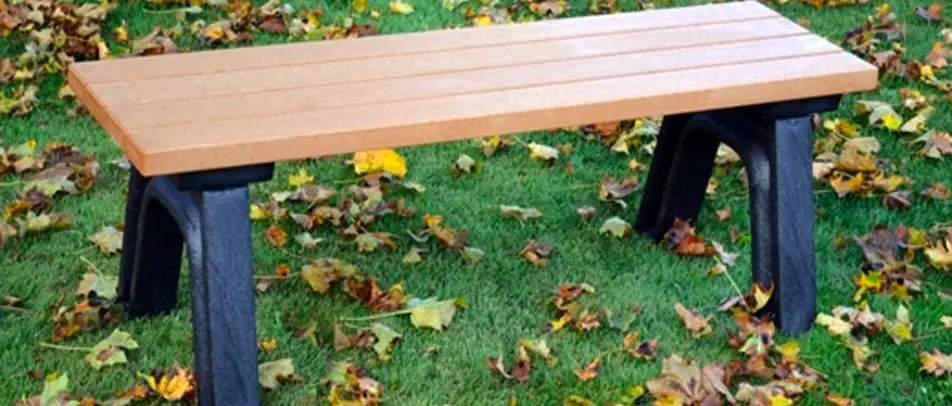




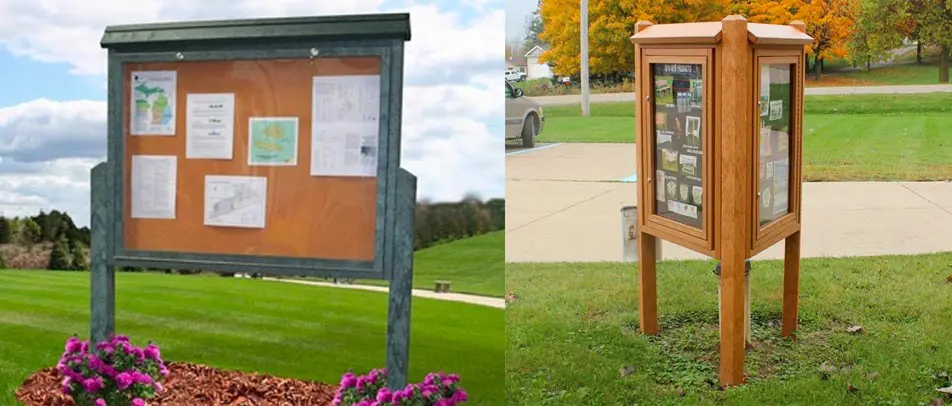
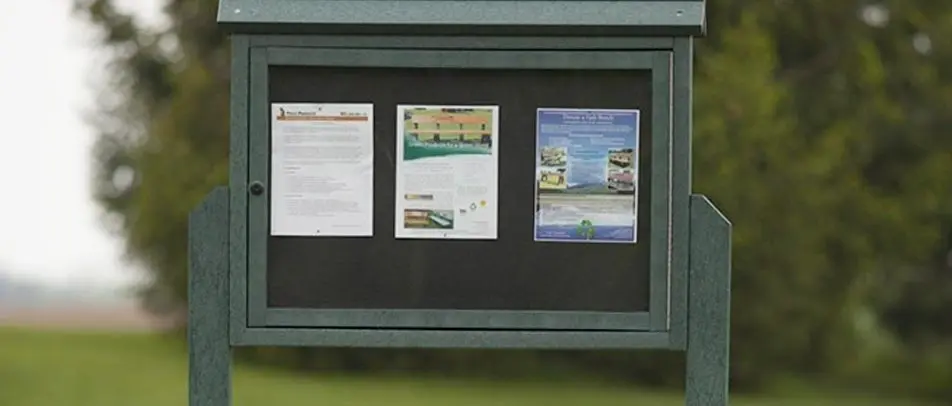
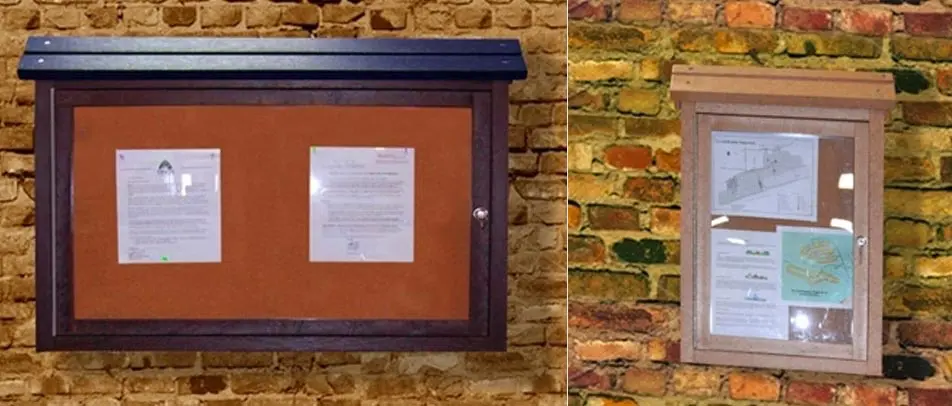


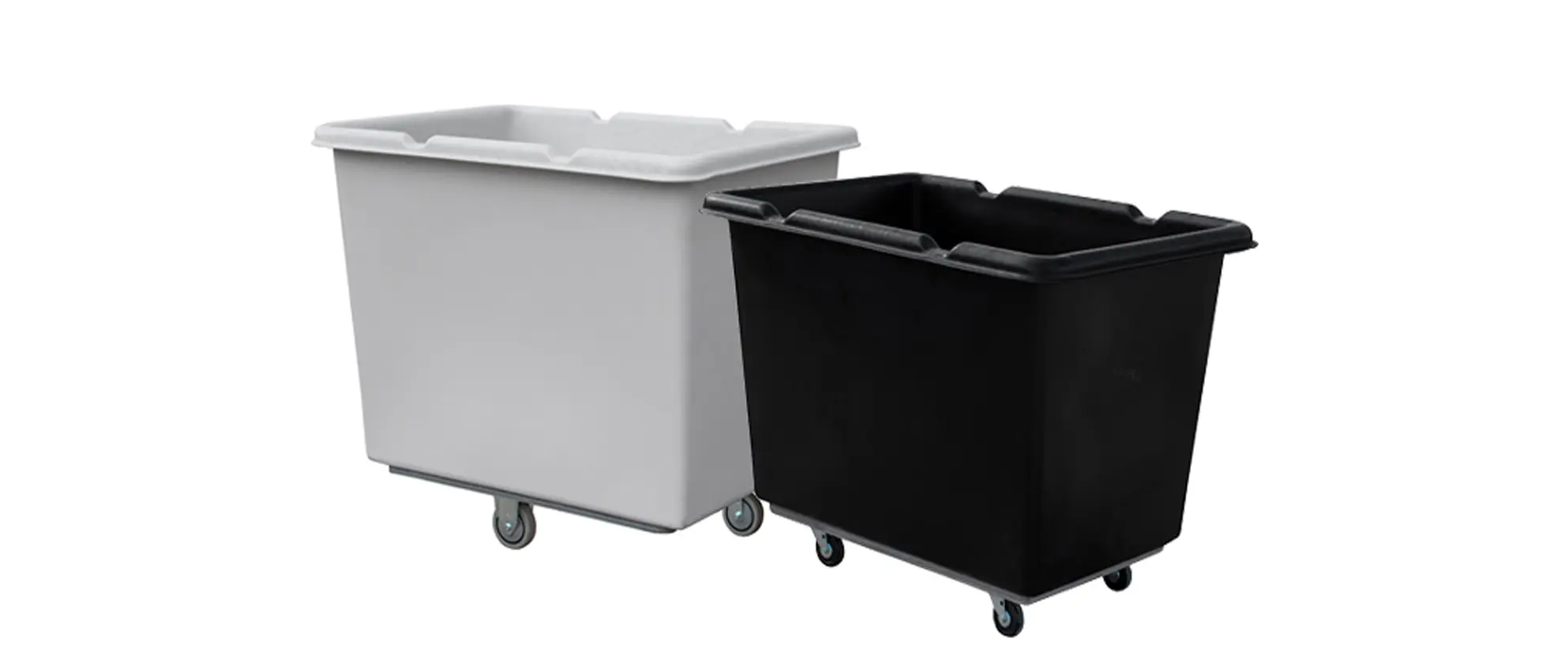




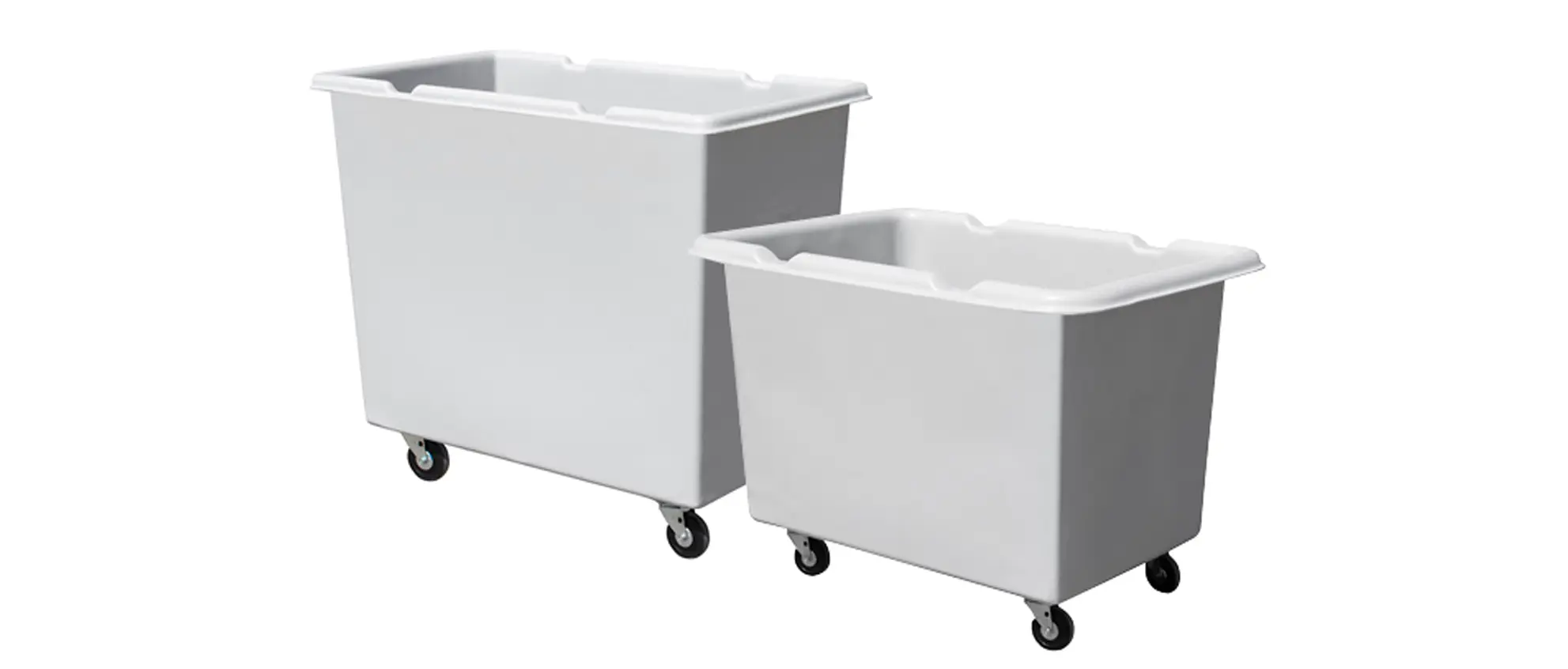


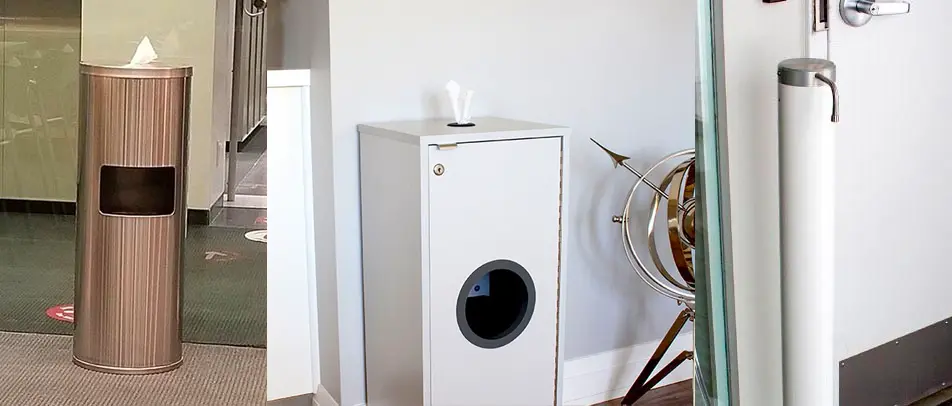
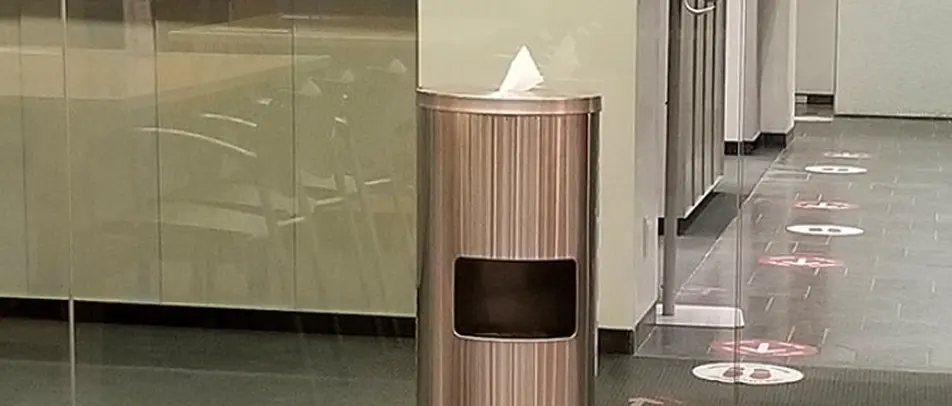



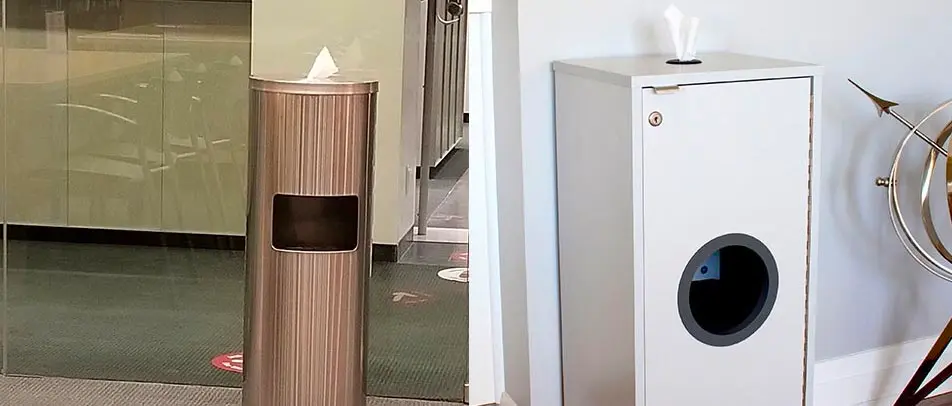


 Three Ways to Engage Teams and Clients to Maximize Your Recycling Program Engagement
Three Ways to Engage Teams and Clients to Maximize Your Recycling Program Engagement  How to Integrate Accessibility Into Your Sustainability Planning
How to Integrate Accessibility Into Your Sustainability Planning  Why Park Benches Can Promote Workplace Well-Being
Why Park Benches Can Promote Workplace Well-Being 
